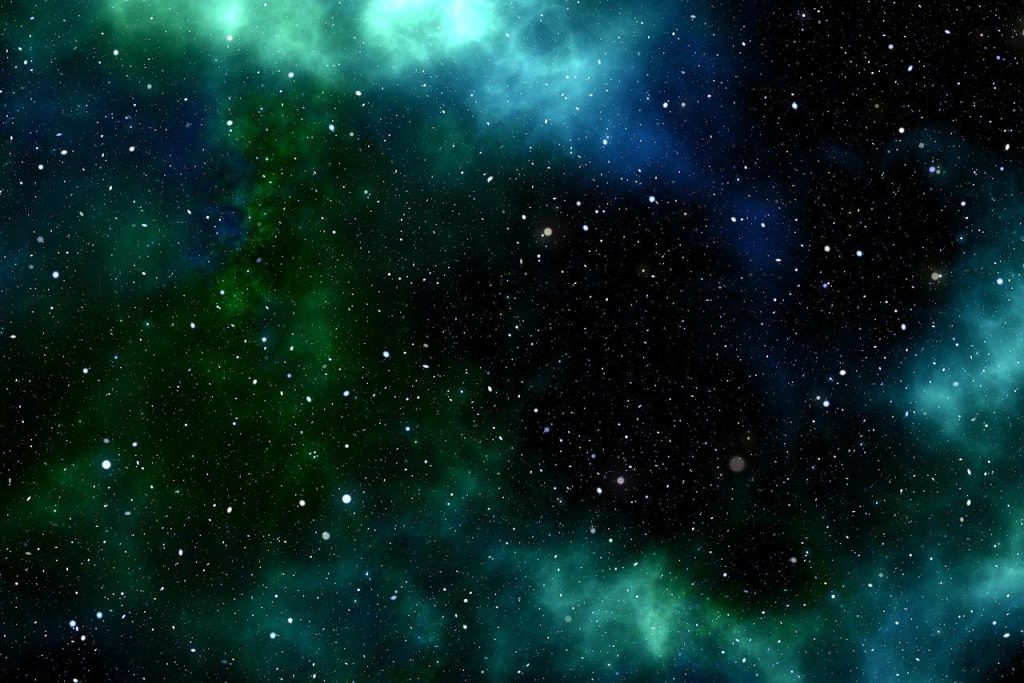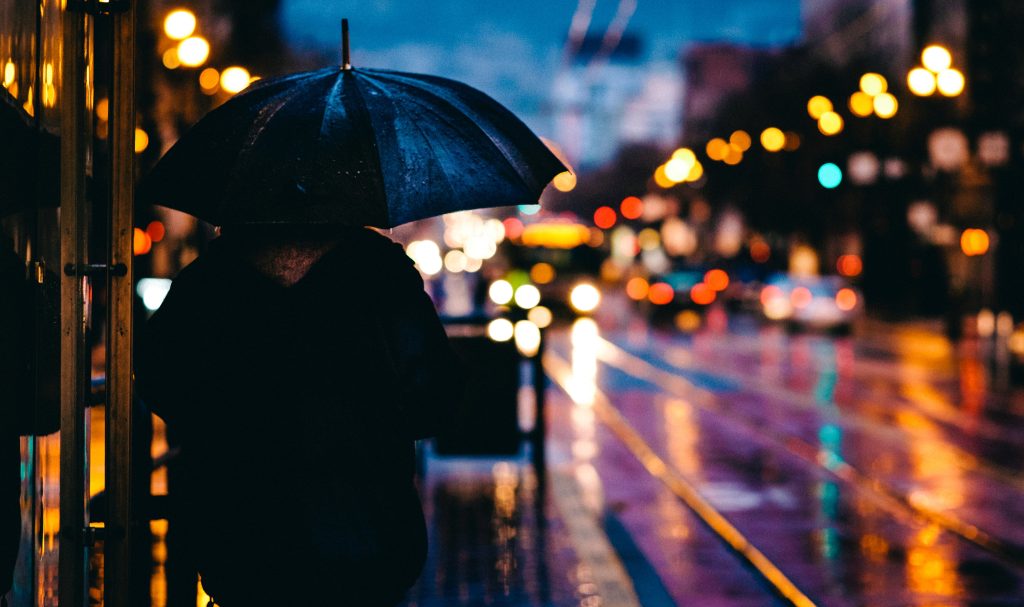In the sprawling spectrum of photography, night photography claims a particular mystique, where ordinary scenes transform into extraordinary vistas under the cover of darkness. However, the crowning glory of this discipline is arguably capturing the elusive beauty of a lightning bolt. Today, we delve into this unique aspect of photography and further explore other facets of the after-hours artistry.
How to Photograph Lightning
There is an inherent thrill in photographing lightning. Yet, the task isn’t as daunting as it might seem.
Q1: What equipment do I need to photograph lightning?
You’ll need a DSLR or mirrorless camera, a sturdy tripod, a cable or remote shutter release, and ideally, a weather-resistant camera bag to protect your gear.
Q2: What are the ideal camera settings for photographing lightning?
Aim for a low ISO setting (100-200), a narrow aperture (f/8-f/11), and a long exposure (anywhere from 10-30 seconds depending on the frequency of lightning strikes).
Q3: What is the best way to frame a lightning shot?
Avoid having too many bright objects in the frame, as they can distract from the lightning. If you’re shooting over a city, try to include some of the skyline for a sense of scale.
Q4: Is there a safe way to photograph lightning?
Safety should always be your priority. Always maintain a safe distance from the storm and seek shelter if it’s approaching your location.
Q5: How can I take clearer pictures of lightning?
Manual focus will give you the clearest images. Set your lens to infinity and then back off slightly until the scene is sharp.
Unleashing the Magic of Star Trails
Another mesmerising aspect of night photography is star trail imaging. The circular streaks in the night sky showcase our planet’s rotation, presenting a different perspective of our cosmic existence.
Capturing the Radiant Aurora
Whether it’s the Aurora Borealis or the Aurora Australis, these natural light displays provide an unparalleled spectacle for night photographers. This section explains the nuances of photographing the Aurora, ensuring you come away with stunning images.












Painting with Light: Exploring Light Painting Photography
Adding an artistic twist to night photography, light painting allows for the creation of unique, vibrant, and striking images. Let’s uncover the exciting realm of light painting, how to go about it, and the dos and don’ts.
Experimenting with Nighttime Cityscapes
The night paints cities in a completely different light. Literally. Neon signs, car headlights, and city skylines create diverse and captivating photographic opportunities.
The Art and Challenge of Night Photography
Night photography, from capturing lightning to painting with light, offers a host of opportunities for photographers to showcase their creative skills. With the right equipment and a willingness to experiment, the dark can become your canvas, and the results can be truly magical.
Q6: Is night photography difficult to master?
Like all forms of photography, night photography can be challenging, particularly due to the lighting conditions. However, with practice, patience, and an understanding of your camera’s settings, you can capture some extraordinary images. Remember, it’s all about experimentation, so keep clicking, learning, and growing.


